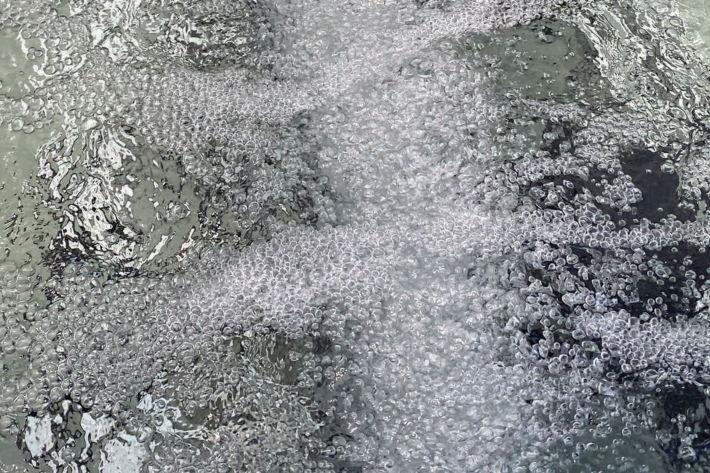-

Freshwater mitigation systems
Effective systems to manage contaminant losses -

Stopping the gold clam: it's now or never
A NIWA-led programme to develop effective, and culturally-attuned strategies for managing the freshwater gold clam. -

Extreme Lakeover: NIWA’s Guide to Rolling Back Life into New Zealand Lake
Publication article26 March 2025A team of NIWA freshwater ecologists have completed their research on the use of biodegradable plant mats as life rafts to help reintroduce native aquatic plants to degraded freshwater lakes. -
RotoTurf: Aquatic plant ‘life rafts’ in degraded lakes
A team of NIWA freshwater ecologists are researching the use of biodegradable plant mats to help reintroduce native aquatic plants to degraded freshwater lakes in Aotearoa-New Zealand. -

Rolling life back into New Zealand’s lakes
Media release16 December 2024NIWA is using biodegradable “life rafts” to reintroduce native plants to degraded lakes. -

The Bio-Acoustic Fish Fence
Research ProjectInvestigating the effectiveness of an acoustic bubble-screen in minimising the movement of pest fish -

Ngaa taonga tuku iho o ngaa roto o Tahaaroa
Research ProjectDeveloping the monitoring and evaluation approaches that respond to the hauanga kai aspirations of Ngaati Mahuta -

Wetland wonders: cleaning up our freshwater
Media release11 June 2024Constructed wetlands a natural solution to reduce agricultural pollution. -

NIWA’s freshwater ecologists helping regional councils remove the barriers to fish migration
News article21 June 2023About 76 per cent of indigenous freshwater fish species, that’s 39 out of 54, are threatened with extinction or at risk of becoming threatened. -

Putting algae to work
Feature story15 December 2022Can native freshwater algae help restore the mauri of local waterways? Lawrence Gullery investigates. -

Native freshwater and saltwater plant cultivation booklets
These booklets help provide guidance on the cultivation and restoration of native submerged macrophytes. -

Protecting our taonga together
Feature story04 August 2021Alex Fear looks at the Cultural Keystones Species research programme, a research partnership that grew out of the vision of a Ngāti Hau kaumatua.
